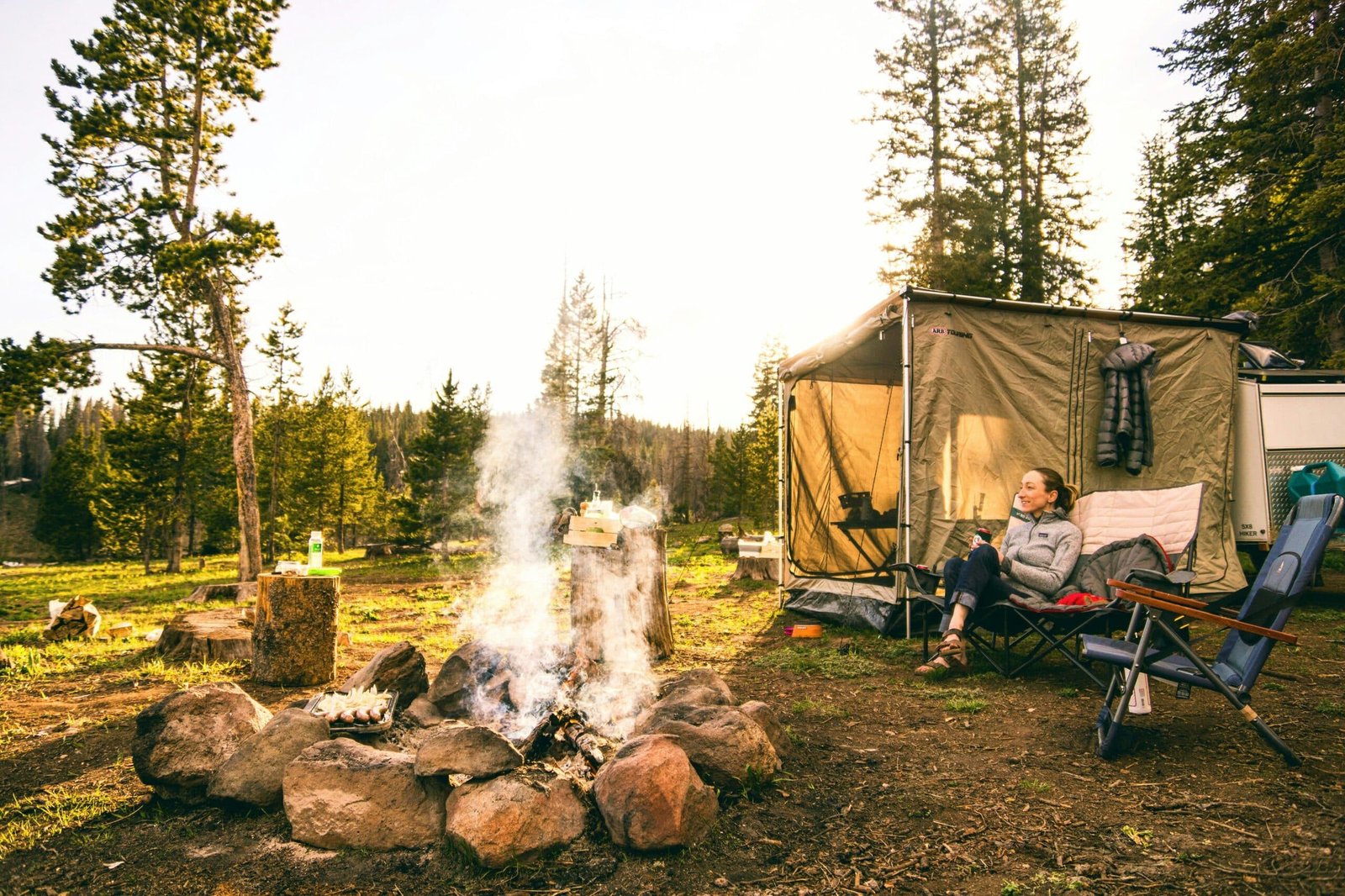Living off-grid is about more than disconnecting from traditional utilities—it’s about gaining control, self-sufficiency, and peace of mind. With the right off-grid supplies, you can build a lifestyle that’s resilient, sustainable, and independent of unreliable grids or fragile supply chains.
This guide highlights the preparedness essentials, renewable energy systems, and trusted survival gear that make off-grid living possible. Whether you’re just starting your journey or upgrading your homestead, you’ll find practical insights here to help you thrive.
Off-Grid Renewable Energy Supplies
Energy independence begins with reliable renewable energy systems. Solar power is the backbone of most off-grid homes, and choosing the right components ensures long-term efficiency.
Typical Solar Panel Wattage
Most solar panels fall in the 250–350 watt range, balancing energy capture with manageable system size.
Core Energy Supplies:
- Solar Panels (250–350 watts): Engineered for peak sunlight capture.
- Battery Storage Systems: Last 5–10 years and store daytime energy for evening use.
- Power Inverters: Convert stored DC power into usable AC energy.
- Solar Power Kits: Integrated systems with panels, controllers, and wiring for easier installation.
- Portable Generators: Backup power solutions for extended cloudy weather.
These renewable energy supplies are designed to handle variable climate conditions and maintain a steady power supply. Pairing solar with reliable storage and backup systems ensures confidence and resilience, even in unpredictable situations.
Essential DIY Tools for Off-Grid Homesteads
A self-sufficient homestead runs smoothly when you’re equipped with durable off-grid tools for maintenance and repairs. High-quality, multipurpose gear saves time, reduces reliance on outside help, and performs well in rugged conditions.
Key Tools and Uses:
- Six-Foot San Angelo Bar: For prying up large rocks or breaking stumps; keep hinge points oiled.
- Scythe: A quiet, fuel-free tool for cutting grass. Sharpen blades regularly.
- Splitting Maul: Ideal for splitting logs; inspect handles often for safe use.
- Axe: Versatile for chopping, trimming, and small construction tasks. Store properly to prevent rust.
- Two-Wheeled Wheelbarrow: Easier to balance on rough terrain. Keep tires properly inflated.
These tools form the backbone of DIY off-grid maintenance, giving you control over routine tasks while strengthening your independence.
Supporting Small Brands and Sustainable Supplies
Off-grid living isn’t only about practicality—it’s also about values. Choosing sustainable off-grid supplies from small, ethical brands ensures you’re investing in products that last while supporting eco-conscious practices.
Examples of Reliable Supplies:
- Cast Iron Cookware: Built to last over 100 years, perfect for wood stoves or open fire cooking.
- High-Quality Wool Socks: Often backed by lifetime guarantees, proving their durability.
For broader survival gear and preparedness essentials like long-term food storage, water filtration, and emergency kits, many off-grid homeowners rely on trusted suppliers such as My Patriot Supply. Their focus on durability and practicality makes them a natural fit for homestead living.
Benefits of Supporting Small Brands:
- Superior durability and craftsmanship
- Community-focused values
- Eco-friendly sourcing and production methods
- Transparent business practices
When you invest in high-quality preparedness gear, you’re reinforcing both your self-reliance and the sustainable, values-driven community that supports off-grid living.
Final Takeaway
Thriving off-grid requires the right mix of energy systems, survival gear, and preparedness essentials. From solar panels and battery storage to scythes and cast iron cookware, every piece of equipment strengthens your independence and long-term resilience.
By preparing wisely and choosing sustainable brands, you’re not just living off the grid—you’re embracing a lifestyle built on freedom, resourcefulness, and self-sufficiency.
FAQ
Q: How much does it cost to start living off-grid?
A: Most setups range from $30,000 to $100,000, depending on land, energy systems, and infrastructure.
Q: What are the must-have off-grid supplies?
A: Solar panels with batteries, water filtration systems, composting toilets, wood stoves, and durable hand tools. Many households also add preparedness kits from suppliers like My Patriot Supply to cover food, water, and emergency needs.
Q: Where can I buy reliable preparedness essentials?
A: Specialized homesteading stores, survival gear retailers, and online suppliers that prioritize durability and customer support.
Q: What water systems are needed?
A: Rainwater collection systems, storage tanks, manual pumps, and filtration units.
Q: What emergency supplies are essential?
A: First aid kits, long-term food storage, backup power sources, communication devices, and fire-starting tools.

